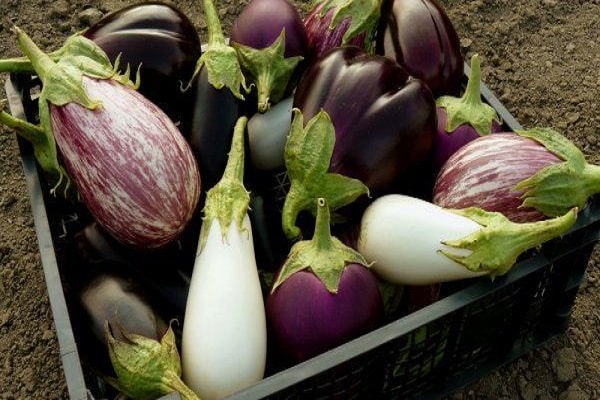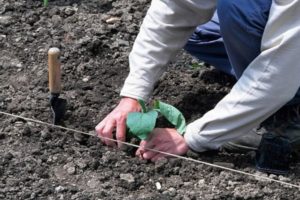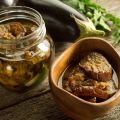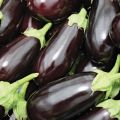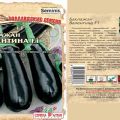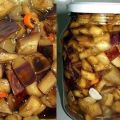Description and characteristics of eggplant Vera, yield, cultivation and care
Vera eggplant appeared in the register of agricultural plants no more than twenty years ago. This culture is specific: ordinary eggplants are thermophilic, while Vera is quite suitable for growing it in the harsh climate of Siberia. Her germination, however, is low, therefore it is recommended exclusively for small farms that will use the crop for home spins, and not for mass sale.
Description and characteristics of the variety
Vera's characteristics look like this:
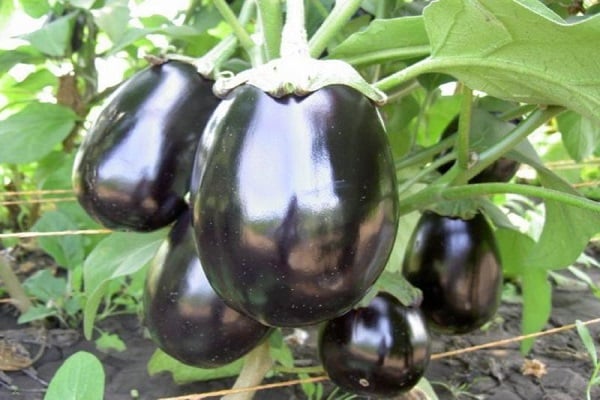
- height - standard for eggplant, from 75 centimeters to 1 meter;
- the spreading of the bush is small, with regular pruning it remains compact;
- yield is also small, 1-3 kilograms can be harvested from one square meter;
- commercial qualities are high, fruits are beautiful, smooth, attractive.
Vera's color is dark, the skin is thin, the flesh is white, without bitterness - if not overexposed. Fruit weight varies from 100 to 300 grams.
You can harvest the crop about three months after planting the plant in the ground. So, the bushes planted in May can be picked by the end of August.
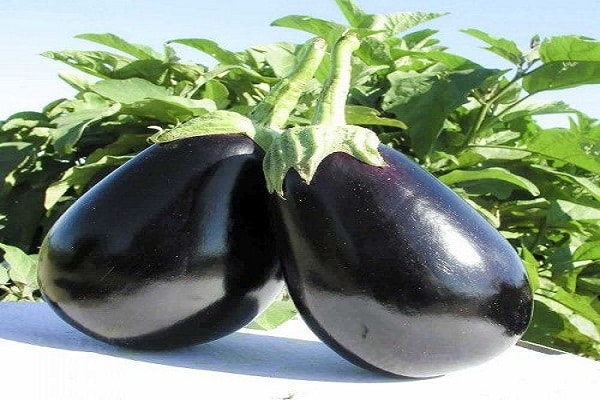
Advantages and disadvantages
If you look at Vera without bias, her merits are as follows:
- resistance to cold climates - most other species in the north do not grow;
- early harvest - three months is considered a short waiting period;
- high commercial qualities - if you are still going to sell eggplants, Vera, with its yield of ninety percent of high-quality fruits, will do;
- stability - Vera is unpretentious, you need to try so that she could not bear fruit.
There is actually only one drawback: a small yield of the finished product. However, for a private house and your own garden, this is not so important. The disadvantage is more likely to become noticeable in large farms, where Vera does not pay for herself.
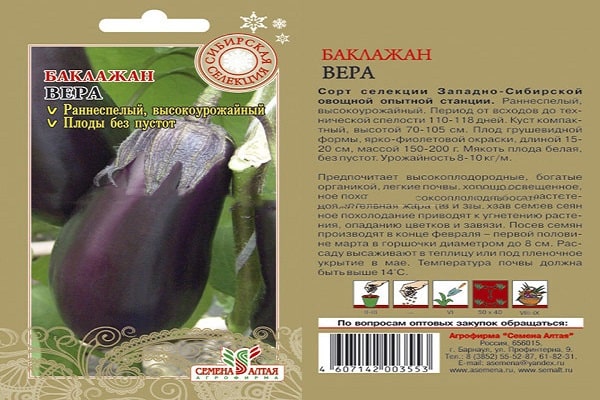
Planting and growing
To achieve the promised stable fruiting from Vera, you first have to spend time and effort on planting and caring. Moreover, they must be correct.
Landing dates
There are two ways to plant seeds:
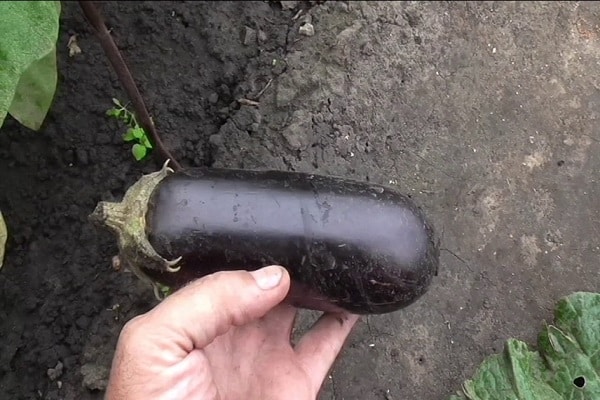
- In open ground. Suitable only for warm areas, where in the spring the soil temperature at a certain point rises to a stable thirteen degrees. In this case, it is carried out in late April-early May.
- In seedling boxes. Suitable for cold regions where seeds cannot be planted, but sprouted seedlings are quite. Sowing is carried out in late February and early May.
You need to focus not so much on the indicated time frame, but on the soil temperature.
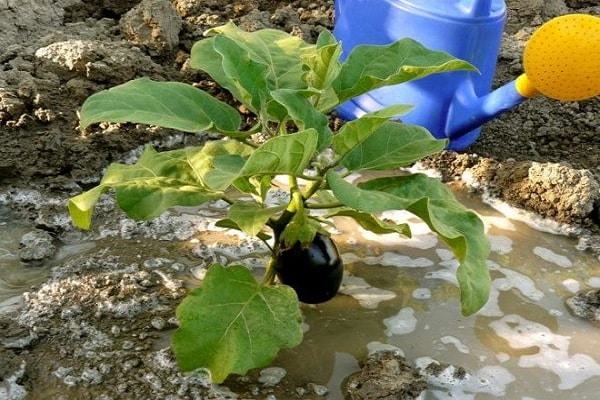
Planting seeds
Before planting seeds, you need to prepare them:
- Check for germination. To do this, they are immersed in water for half an hour and the emerging ones are sifted out.
- Warm up. The stove is not suitable for this, the temperature in it is too high. But the heating battery is quite.
- Disinfect. You can do this with a solution of potassium permanganate or aloe juice - while the juice also acts as a growth stimulant.
- Treat with a growth stimulant. It can be not only aloe juice, but also a specially developed composition from the store.
It takes several days to process - you need to warm up at least two, dry the seeds treated with a growth stimulator.
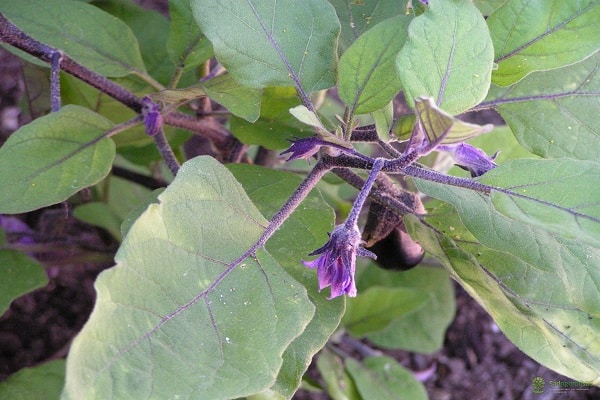
In this case, processing is carried out both before planting in the ground, and before planting in boxes.
Growing seedlings
Growing seedlings is quite difficult - you need consistency and accuracy:
- Sowing. Sow seedlings in any container - boxes, plastic cups, bags with soil. The main thing is that there is one plant for each container.
- Shoots. The container must be closed with plastic and placed in a warm place, where it will be about twenty-five degrees. The seedlings will sprout in about three weeks.
- Temperature conditions. When the seedlings rise, you need to reduce the temperature to sixteen degrees during the day and thirteen at night. After five days, set the mode close to the state in the open field.
- Shine. Eggplants love long daylight hours, so you need to prolong it with the help of lamps - phyto lamps or fluorescent lamps.
- Watering and feeding. Water regularly to keep the soil slightly damp and use only warm water. The first feeding from a mixture of fertilizers containing phosphorus, potassium and nitrogen, when the plants release two leaves.

Two weeks before planting, seedlings need to be taken outside for a couple of hours a day.
Choosing a landing site
In order for Vera to bear fruit well, the place must be:
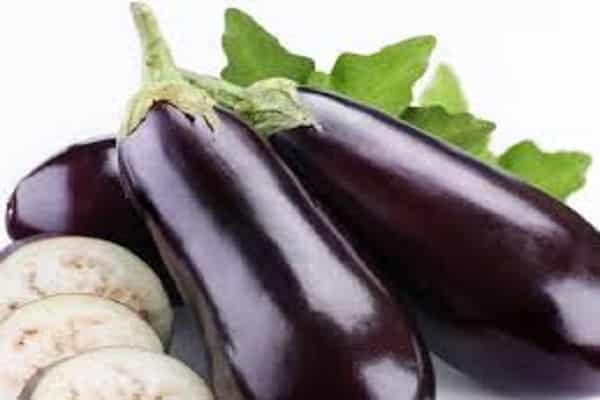
- On light soil with a neutral reaction. If you have wild rosemary, sedge, bent grass, buttercup or mint growing on your site, then the soil needs to be limed - it is too acidic. This is done in 3-4 months.
- On soil fertilized with organic matter. In the fall, you need to apply organic fertilizers.
If you have a cold region, you need to insulate the garden - at a depth of 30 centimeters, lay it with grass or sawdust.
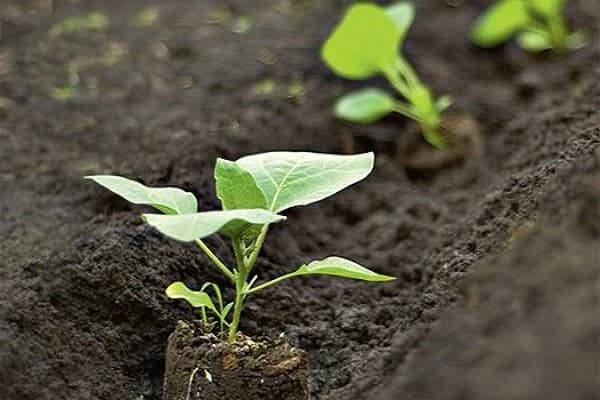
Planting seedlings in open ground
Regardless of what you plant, seeds or seedlings, you need:
- Make holes. The depth is 15 centimeters, the distance is not less than 35, the distance between the beds is from 6 centimeters.
- Pour a glass of warm water into each well.
- Plant seeds or seedlings, sprinkle them with peat.
You need to plant either in cloudy weather, or make sure that there is a shadow over the eggplants.
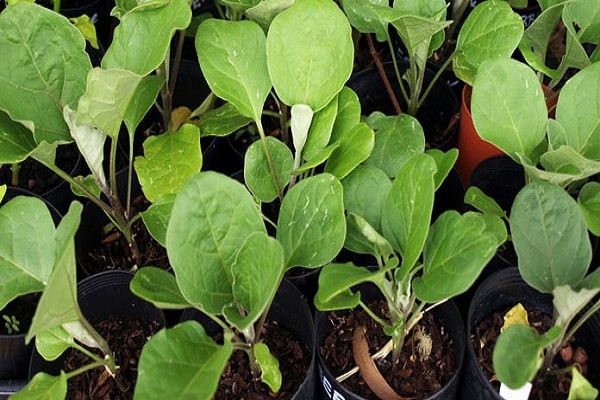
How to care for an eggplant
When the landing is over, all that remains is to provide Vera with proper care.
How to water
Water the eggplant every day or every other day so that the soil is always moderately moist. The water must be heated in the sun - you can leave it in the barrel just for this purpose.
Water exclusively at the root, after each watering, remove weeds that break through and gently loosen the soil around the bushes.
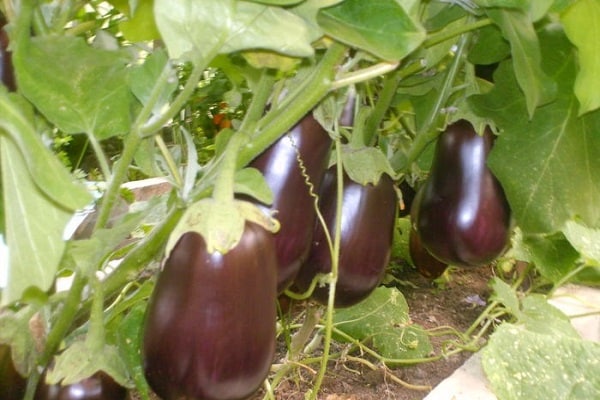
Correct feeding
Eggplants need regular feeding, and if there are not enough nutrients in the soil, then you cannot do without occasional:
- With a lack of nitrogen, bird droppings are introduced. The leaves on the plant shrink, fade and partially fall off.
- Phosphorus is added if the leaves turn a rich purple color.
- Ash (a source of potassium) is added if the leaves turn yellow and their edge dries.
- Calcium is added if white stripes appear along the contour of the leaf.
The main feeding is complex, it is applied 3-4 times per season.
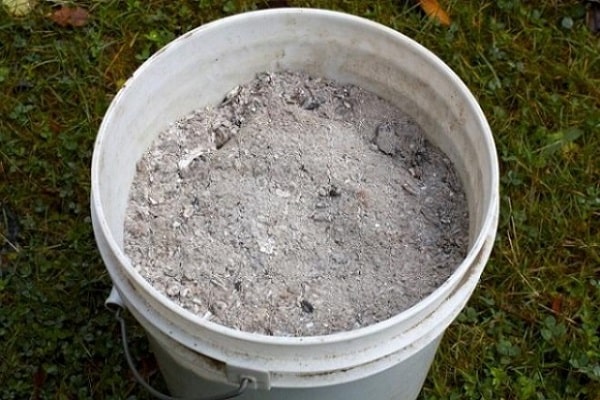
Formation of bushes
The bushes do not need support, and no more than 10 pieces are left on them.

Protection against diseases and pests
Eggplant pests are rare. The exception is the Colorado potato beetle, which is scared away by planting basil nearby.
Diseases are also rare, and most often fungal. Prevention helps from them - the soil is treated with fungicides in advance.
Sick plants are removed from the garden.
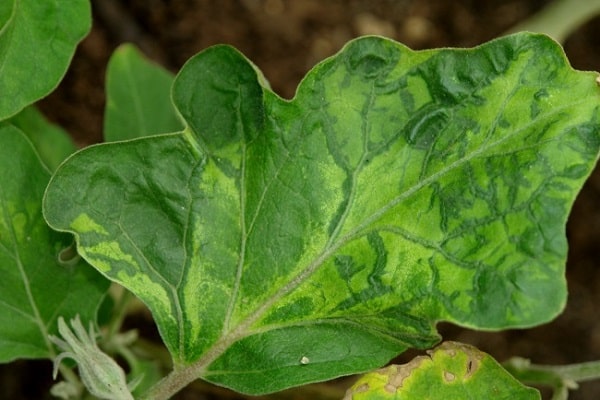
Harvesting and storage
They harvest in late August or early September, and as the eggplants ripen, it makes no sense to overexpose them, they will increase in size, but their skin will become thick, tough, and the taste will begin to give off bitterness.
Cut carefully, with a sharp knife or pruner, leaving 5 centimeters of the stalk with the fruit.
Store in a cool place, no more than one and a half months.
You can use Vera in seaming, it can be raw, or you can use it in a variety of homemade dishes like ratatouille and vegetable stew, which is more common in Russia.
